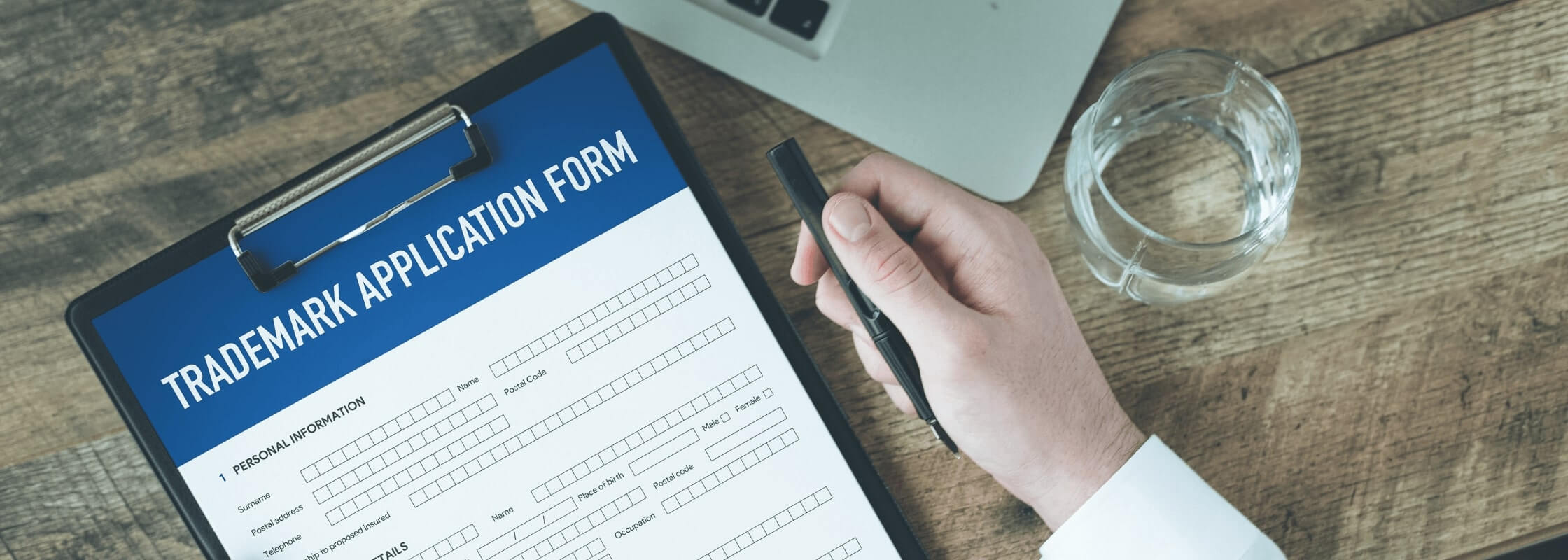Trademark registration in Malta is regulated by the Trademarks Act (Chapter 597). By virtue of Legal Notice 50 of 2021, Malta has introduced its Trademark registration rules, applicable to all new trademark applications.
The new rules are aimed at providing proper guidance for the implementation of the Trademarks Act, whereas they describe in detail the process of registering a trademark in Malta.
Primarily, one would need to decide what is the type of trademark that is being registered;
- Word Mark – This mark exclusively consists of words, letters, numbers, and/or other standard typed characters.
- Figurative mark – This mark is represented by non-standard characters or images and graphic features which do not include any text.
- Figurative with words mark – This mark contains text whilst also containing pictures, graphics or images with words or letters.
- 3D mark – A three-dimensional mark which is represented using a three- dimensional shape. This may include containers or product packaging.
- Pattern mark – This mark exclusively consists of a set of elements which are repeated regularly.
- Sound mark – This mark consists exclusively of a sound or of a combination of sounds
A trademark can also be registered as a collective mark or as a certification mark. Collective marks distinguish the goods or services of members of an association from those of other associations. Collective trademarks can be used by different persons, rather than just one, provided that such person is a member of the association who registered the mark. Certification marks are usually granted for compliance with defined standards and it can be used by anyone who can certify that their products meet such required standards.
Application for Trademark Registration

An application for trademark registration in Malta can be filed in either Maltese or English language.
Apart from the request for trademark registration and details of the applicant and his legal representative, the application should include the following:
- A detailed description of the mark must also be given including an accurate representation of the colour used in the mark (if any) using the RGB colour system.
- A list of the goods or services for which the trademark is to be registered must also be provided by the applicant, and these need to be determined with sufficient clarity to enable the competent authorities to determine the extent of the protection sought. The list of goods and services are categorised according to the NICE classification. Also, the applicant may register the trademark under more than one class.
- If applicable, a declaration claiming priority stating the date on which and the country (which must be a member of the World Trade Organisation or a party to the Paris Convention) in or for which the previous application was filed.
Once the application is submitted, The Office shall carry out ex officio a search under the national trademark database for each application received in order to identify identical or similar registrations or applications.
Upon submission of the application for trademark registration, the prescribed fee in line with the applicable schedule of fees would need to be settled.
Should all the requirements for trademark registration be met successfully, the Comptroller shall then publish the registration of the trademark on the official online journal. The online journal is updated on a weekly basis.
Opposition to a trademark
Within a period of 90 days following the publication of a trademark application, notice of opposition to registration of the trademark may be filed. This is usually based upon the grounds that the trademark is identical or similar to a pre-existing trademark and it shall cause confusion on the part of the public.
Consequently, the Office shall notify the applicant accordingly and provide the applicant with a period of ninety (90) days therefrom within which to file any additional supporting evidence and reasoned statement on grounds, facts and arguments.
The Office shall then proceed to take a decision based on the information and evidence provided by the opposing party and the applicant. Such decision would be delivered to both the applicant and the opposing party. Should any party wish to appeal, an appeal may be filed within fifteen (15) days from receipt of the Office’s decision.
Further important information on the Trademark Registrations
New rules provide further guidance on withdrawals, restrictions, transfers, amendments, objections and alterations, and other matters related to the registration of trademarks in Malta.
- Alterations. The proprietor of a mark may submit a request for the alteration of his registered trademark. Such request must be accompanied by the trademark registration number and the name and address of the proprietor. If the request is accepted by the Comptroller, the mark will be altered accordingly and such alteration will be published on the Official Online journal.
- Objections. An objection to the alteration by a counterparty may be entered at the Office of the Comptroller within thirty (30) days from the date of publication of the alteration. Together with the objection request one should provide a statement containing the grounds for objection.
- Restrictions, Amendments & Rectifications. A relevant request is to be submitted to the Office.
- Transfers. To transfer a trademark registration, the application for registration of the transfer should be signed by the registered proprietor or a representative of that proprietor and by the successor in title or a representative of that successor.
- Withdrawals. Also, the applicant may at any time withdraw his trademark application or restrict the goods or services covered by the application.
- Right in rem. The rules also provide the provision on the security to be given by registering a Trademark. A clear guidance is provided on how to secure such rights, provided that the right in rem is recognised in Malta.
- Levy of Execution. According to the law, a trademark can be levied in execution, meaning that a creditor would be able to enforce any claim pursuant to a Court judgement arising from the trademark. Such an application must be submitted together with the Court decision. The levy of execution may be cancelled or modified should such be needed.
Renewal of Trademark Registration
A renewal request for a registered in Malta Trademark must be filed within a period of six (6) months prior to the expiration of the registration.
In case the renewal request has not been filed on time, one can still file the renewal application within six (6) months from the date of expiration of the previous registration.
Should the proprietor of the trademark fail to renew the trademark registration in a timely manner, the Comptroller will proceed with the removal of the trademark from the register.
Upon removal of the trademark, the proprietor can request the restoration of the mark, and should there be sufficient ground for the restoration of the trademark, the Office could restore such mark.
The article is intended to serve as a general guide on the subject matter. For a personalised solution based on your circumstances, we recommend seeking professional assistance.
Require assistance with the registration of your Trademark?
SMM Advocates can assist with the filing of any relevant application for trademark and submitting any other registrations within our IP practice. Book a face-to-face or online consultation by filling in the contact form or call +356 2123 7167 for immediate assistance.

